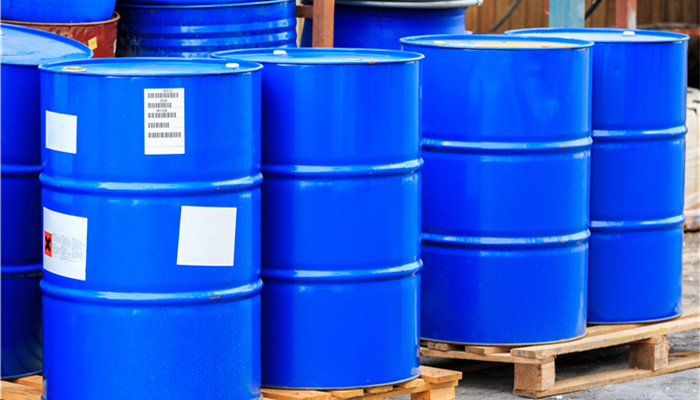
As the core raw material of photocurable materials, the photoinitiator industry has broad development prospects.
Photoinitiator, also known as UV curing photoinitiator, photocuring agent, and photosensitizer, is the core raw material of photocuring materials. It means that it can accept or absorb external energy through light, generate cations and free radicals, and further trigger polymerization, cross-linking and curing reactions. substance. According to different initiation mechanisms, photoinitiators can be divided into four categories: ionic reaction initiators, cationic polymerization initiators, free radical polymerization initiators and energy transfer initiators.
The upstream of the photoinitiator industry chain supplies raw materials, including benzoyl benzoate, diphenyl chloride, chlorobenzaldehyde, p-isopropylthiophenol, ethyl acrylate, etc. Affected by factors such as the COVID-19 epidemic, the output of main raw materials for photoinitiators has shown a slight downward trend, but it can fully meet production needs. The rich variety and sufficient supply of raw materials lay the foundation and guarantee for the development of my country’s photoinitiator industry. According to the “2022-2027 China Photoinitiator Product Market Analysis Feasibility Research Report released by the Industrial Research Center, in 2021 my country’s photoinitiator output reached 39,000 tons, a year-on-year increase of 2.3%.
The downstream of the photoinitiator industry chain is in application areas, including building materials, light-curing coatings, PCB inks, microelectronics, optical films, 3D printing, etc. Photoinitiators have excellent compatibility and can react with oligomers, reactive diluents and other materials to form formula products, which are widely used in various fields. Photocurable coatings are the largest demand for photoinitiators. Photocurable coatings add photoinitiators to effectively utilize ultraviolet light sources. Compared with traditional solvent-based coatings, they have the advantages of environmental protection, energy saving, and quick drying. Driven by market demand, the scale of my country’s photoinitiator market continues to expand, exceeding 5 billion yuan in 2021.
There are many types of photoinitiator products. Free radical polymerization initiators are the mainstream products in the photoinitiator market and can be subdivided into two categories: cracking type and hydrogen abstraction type initiators. The cleavage-type initiator triggers polymerization, cross-linking and grafting reactions by absorbing energy in the ultraviolet region, and finally produces photoinitiator products such as 1490, 1173, 184, 396, and 907. Currently, two products, 184 and 1173, account for nearly 50.0% of my country’s total photoinitiator output.
my country’s photoinitiator manufacturers include Tianjin Jiuri New Materials, Taiwan Double Bond Chemicals, Changzhou Qianli New Materials, Zhejiang Yangfan New Materials, Hubei Gurun Technology, etc. Competition in my country’s photoinitiator market is fierce, but high-end products are still monopolized by overseas brands.
Industry analysts said that photoinitiators, as an important component of photocurable materials, occupy the main production cost. With the rapid economic development, the application range of photocurable materials in my country continues to expand, driving the market demand for photoinitiators to become increasingly strong. Benefiting from the sufficient supply of raw materials, my country’s photoinitiator production is currently showing a steady growth trend. The continuous improvement of independent research and development capabilities of leading enterprises will promote the continuous expansion of my country’s high-end photoinitiator market.

 微信扫一扫打赏
微信扫一扫打赏

